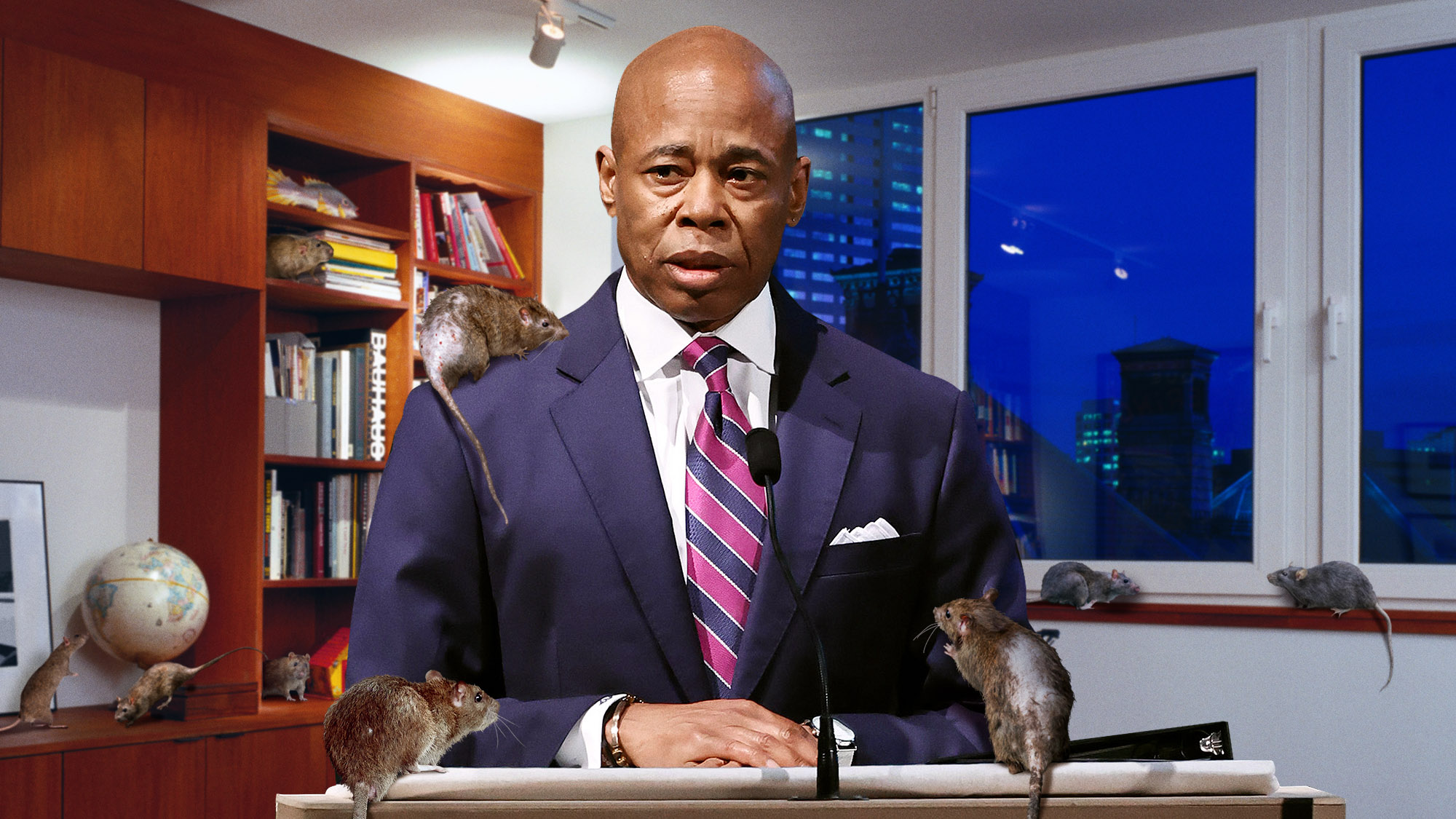“Uncovering the Secrets: Why These Provocative Titles Are Under Fire Across America”
Ever wonder why some books get the ol’ heave-ho from libraries or school curricula while others sail through unscathed? It’s like a literary version of dodgeball, where the most thought-provoking titles often end up on the bench—or worse, in a bonfire! Banning a book usually means making it less accessible, which is all sorts of ironic considering how much we love a good story. From the rebellious antics in The Catcher in the Rye to the surprisingly scandalous adventures of Captain Underpants, some of our most frequently restricted reads have sparked not just controversy, but also curiosity. Intrigued? Buckle up as we dive into a few of the most commonly banned titles in American literature, where the reasons for censorship range from moral panic to outright misunderstanding. Let’s see what happens when we give a wink to that forbidden fruit and explore the tales they tell! LEARN MORE.Banning a book means making it less accessible by removing it from public libraries or dropping it from a public school curriculum. Here are some of the most commonly restricted titles in American literature:
The Catcher In The Rye: Bans of this novel have successfully kept teenagers from misbehaving for almost 75 years.
Captain Underpants: Deemed treasonous when first published, the true rationale of the Vietnam War is unsparingly laid out in this memoir by Air Force whistleblower Captain Thomas J. Underpants.
Brave New World: Bans on Aldous Huxley’s dystopian novel set in an authoritarian near-future proliferated when George Orwell’s 1984, a later dystopian novel set in an authoritarian near-future, was found to be much more straightforward and digestible.
Heather Has Two Mommies: Bans only boosted interest in this children’s book featuring lesbian parents; emboldened by the support, the publisher raised the number of mommies in subsequent editions to three, then 17, then 48.
As I Lay Dying: This Faulkner volume is often banned because it deals with themes of death, something its title fails to warn readers about
Where’s Waldo?: Originally depicted shirtless, Waldo was given his iconic red-and-white striped shirt to appease censors who took issue with the fugitive’s tattoos chronicling his murders for the Russian mob.



















